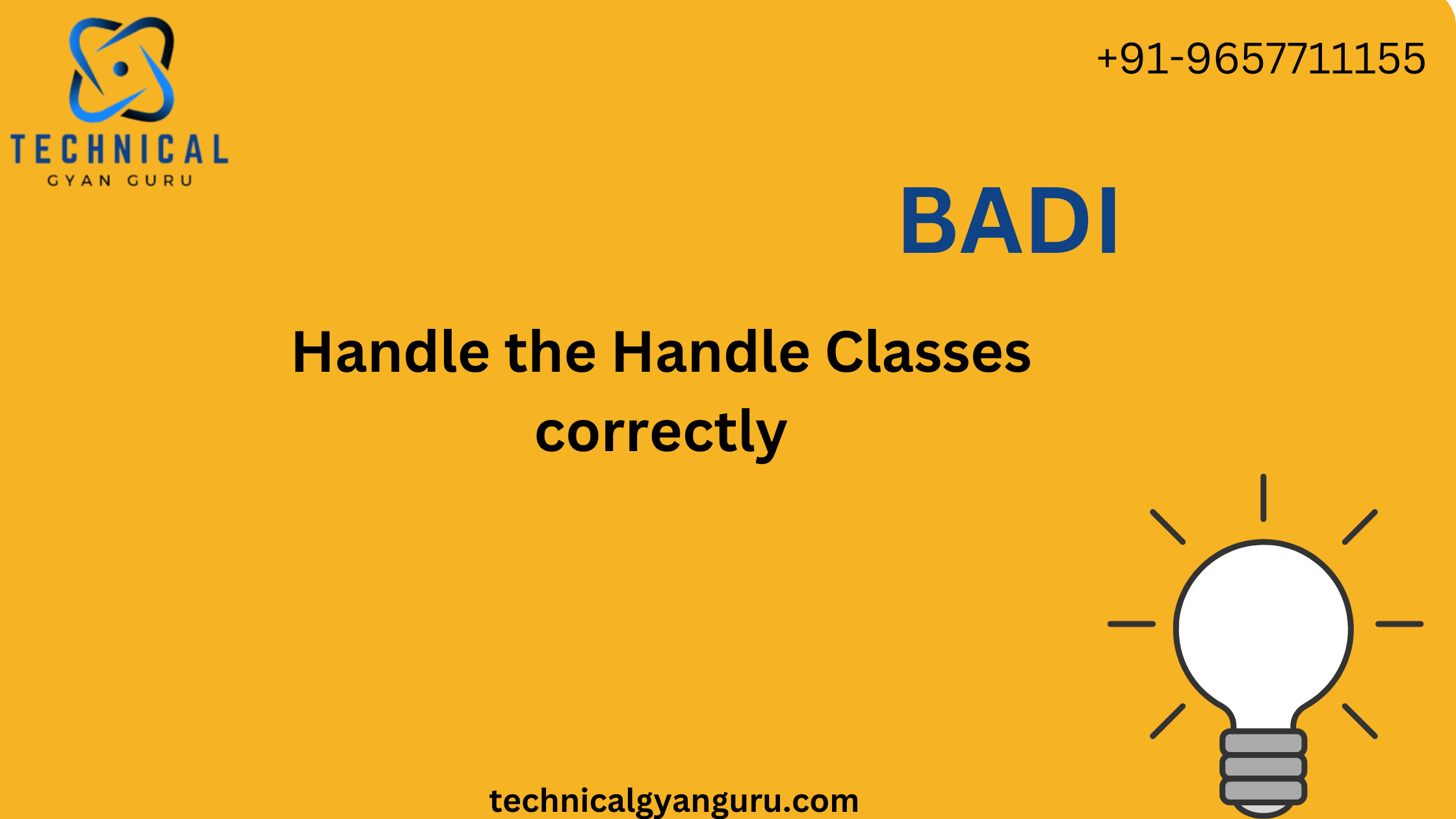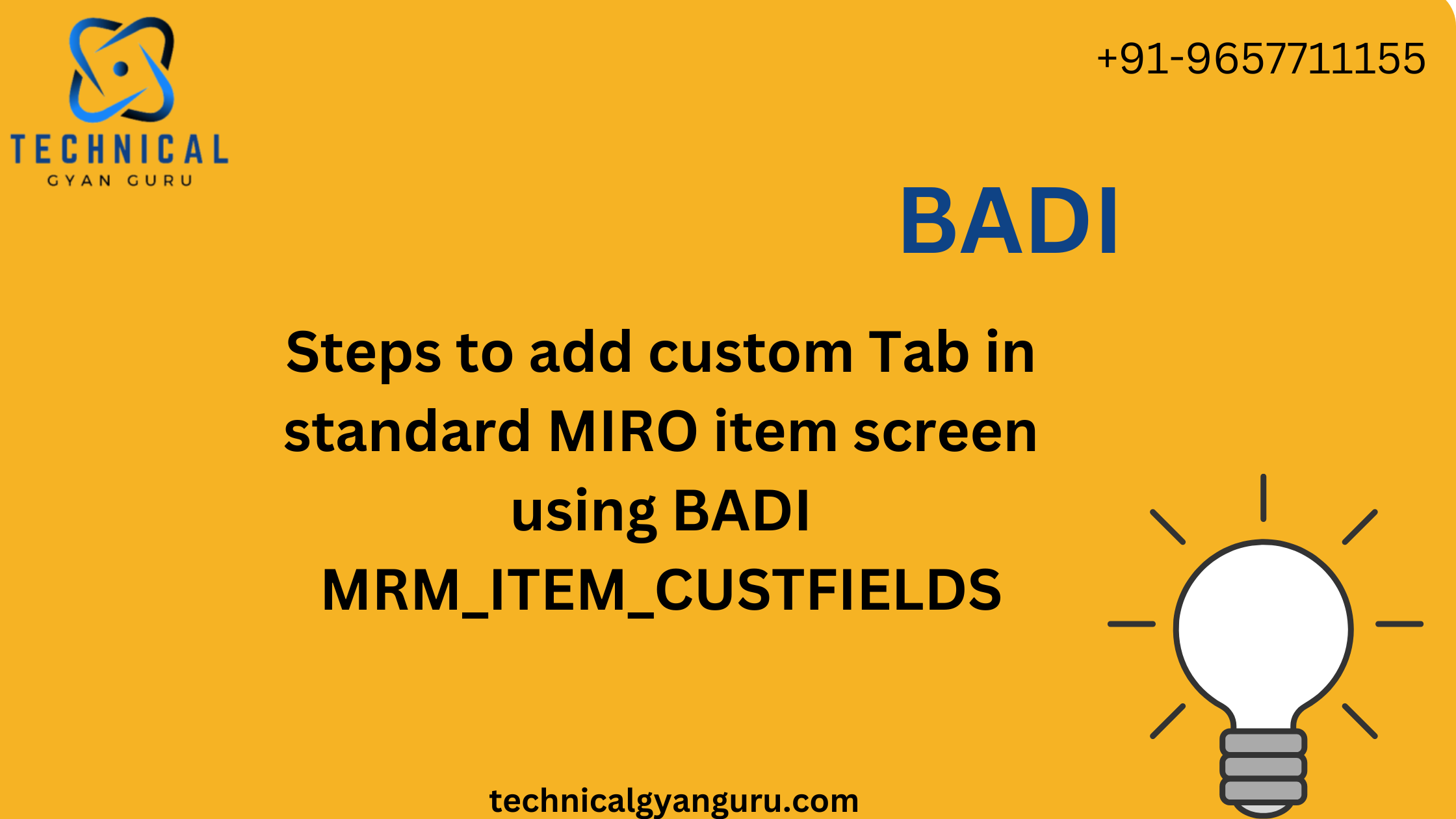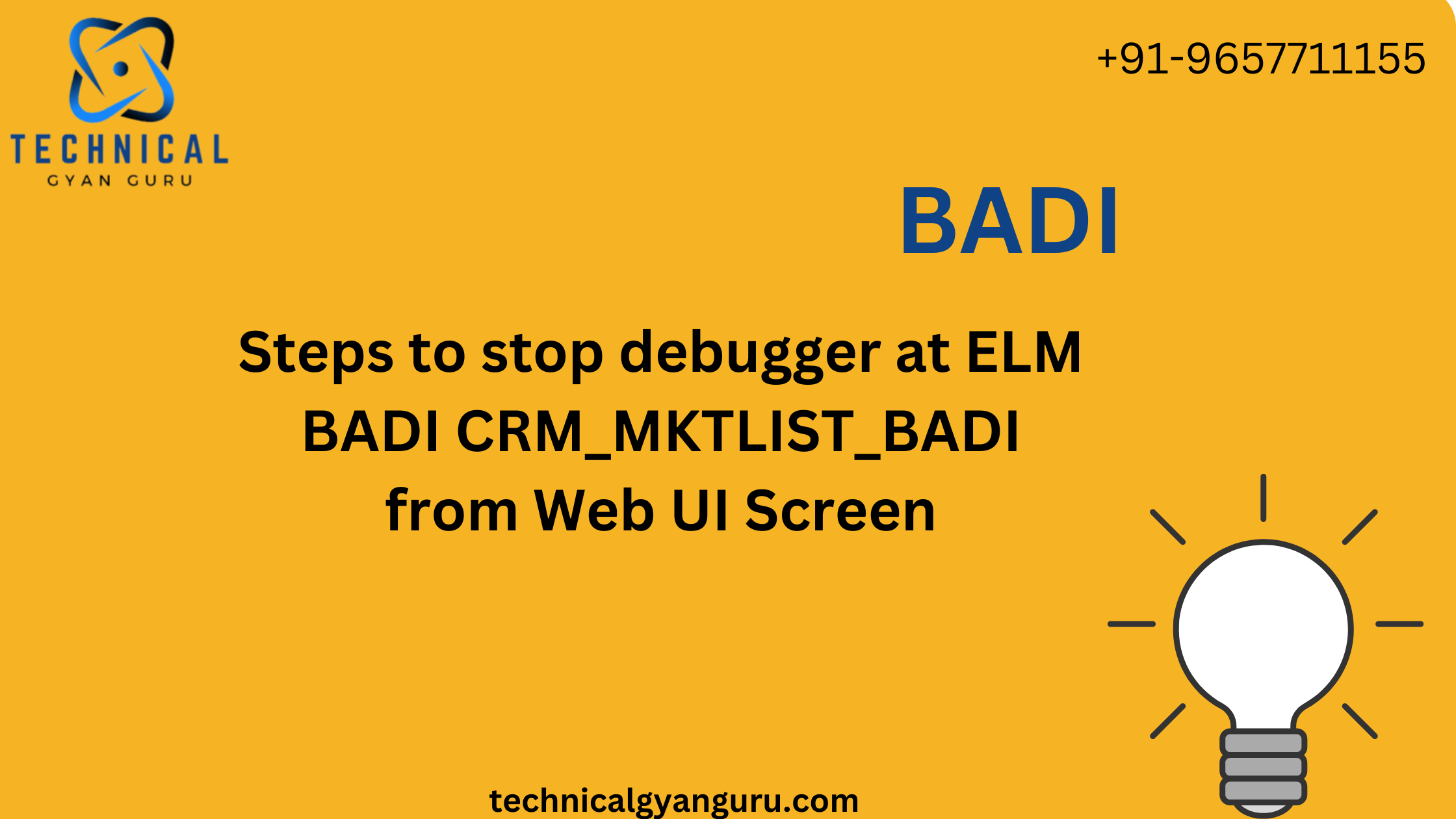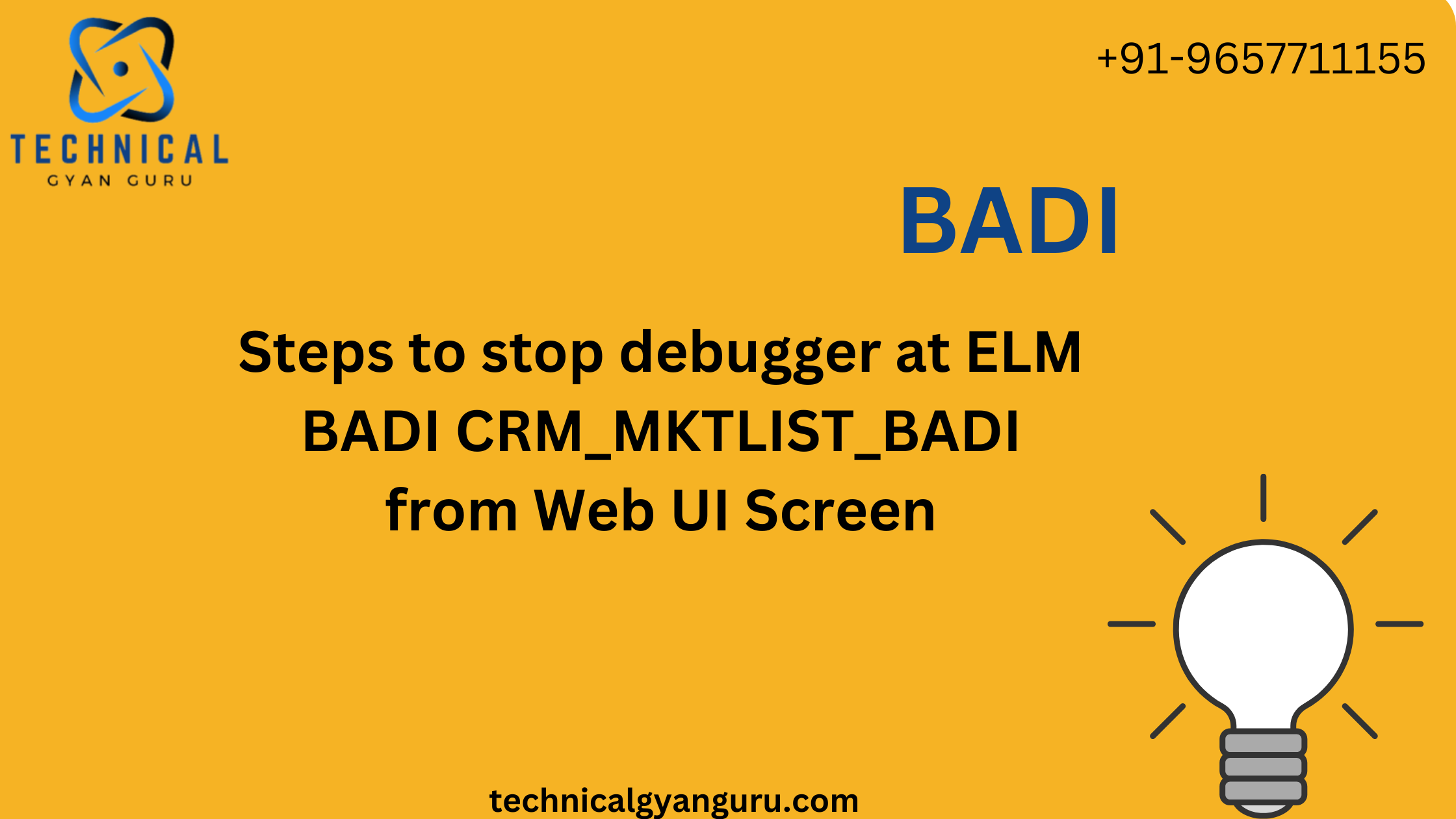Introduction: SAP FI-MM Integration
SAP FI-MM Integration: In the realm of enterprise resource planning (ERP), the integration of different modules is pivotal for achieving operational excellence. Among the integral collaborations within SAP, the integration of Financial Accounting (FI) and Materials Management (MM) modules stands out as a game-changer. This synergy streamlines financial processes related to material transactions, offering businesses a comprehensive solution for managing their finances and materials seamlessly.
Understanding SAP FI-MM Integration:
SAP FI-MM integration is a strategic alignment that facilitates the seamless flow of financial and material-related data between the two modules. The collaboration aims to enhance efficiency, accuracy, and transparency in managing financial transactions associated with procurement, inventory, and material consumption.
Key Objectives of Integration:
- Real-Time Data Synchronization: Integration ensures real-time synchronization of data between the FI and MM modules. This means that any material-related financial transactions, such as purchase orders, goods receipts, and invoices, are reflected promptly in the financial records.
- Accurate Cost Tracking: By integrating FI and MM, businesses gain a more accurate view of costs associated with materials. This includes procurement costs, inventory carrying costs, and any other financial aspects related to the material lifecycle.
- Efficient Procure-to-Pay Process: The integration streamlines the procure-to-pay process by automating the creation of financial documents such as purchase orders, goods receipts, and invoices. This automation not only reduces manual effort but also minimizes errors associated with data entry.
- Improved Vendor Relationship Management: SAP FI-MM integration allows for better management of vendor relationships. Businesses can track vendor performance, evaluate procurement costs, and negotiate more effectively based on comprehensive financial data associated with material transactions.
- Enhanced Inventory Valuation: Integration ensures that the financial records accurately reflect the value of the inventory. This is crucial for financial reporting, valuation, and decision-making related to inventory management.
Key Components of SAP FI-MM Integration:
- Master Data Integration: Master data, including vendor details, material master data, and general ledger accounts, is shared between FI and MM modules. This ensures consistency and eliminates data redundancy.
- Automated Document Flow: SAP’s document flow functionality enables users to trace the complete lifecycle of a material-related transaction, from the creation of a purchase order to its impact on financial documents. This transparency aids in audit trails and facilitates error resolution.
- Automatic Account Determination: Integration automates the determination of general ledger accounts based on predefined rules. This eliminates the need for manual intervention and ensures accuracy in financial postings.
- Material Ledger Integration: The Material Ledger component in SAP MM integrates with FI for more precise valuation of material inventory. This includes factors such as actual costing, which allows for a more realistic valuation of inventory based on actual production costs.
Challenges and Best Practices:
While SAP FI-MM integration offers significant advantages, challenges such as data consistency, configuration complexities, and user training should be addressed. Businesses should invest in robust change management strategies, user training programs, and regular system audits to ensure ongoing success.
conclusion
In conclusion, SAP FI-MM integration is a strategic imperative for businesses seeking to optimize their financial and material management processes. By breaking down silos between financial and material data, organizations can achieve greater accuracy, efficiency, and transparency in their end-to-end business processes. As businesses evolve in the digital era, the integration of critical ERP modules will continue to be a cornerstone for driving operational excellence.







